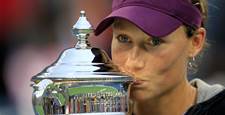The new guidelines set to come into effect in November by the International Olympic Committee (IOC) and International Association of Athletics Federation (IAAF) will be harming the progression of women's sport.
The IOC will release the guidelines to 55 federations which will see the maximum testosterone level halved for women's events, which will also apply to the Tokyo 2020 Olympic Games.
The ruling would see a reduction in the current 10nmol/L (nanomols per litre) to five for endogenous (natural) testosterone levels in serum.
This is in conjunction with IAAF announcement which would also see the permitted levels reduced for athletes competing in selected international women's events. The regulations are due to an IAAF funded study which looked into competitive advantages in certain disciplines for hyperandrogenic female athletes.
An athlete with hyperandrogenism is born with excessive levels of androgens.
However, the study design cannot provide evidence for causality between androgen levels and athletic performance.
This has been brought up in the case of Dutee Chand as the IAAF argued the CAS found: "men have significant advantages in size, strength and power over women, due in large part to men’s higher levels of circulating testosterone from puberty onwards".
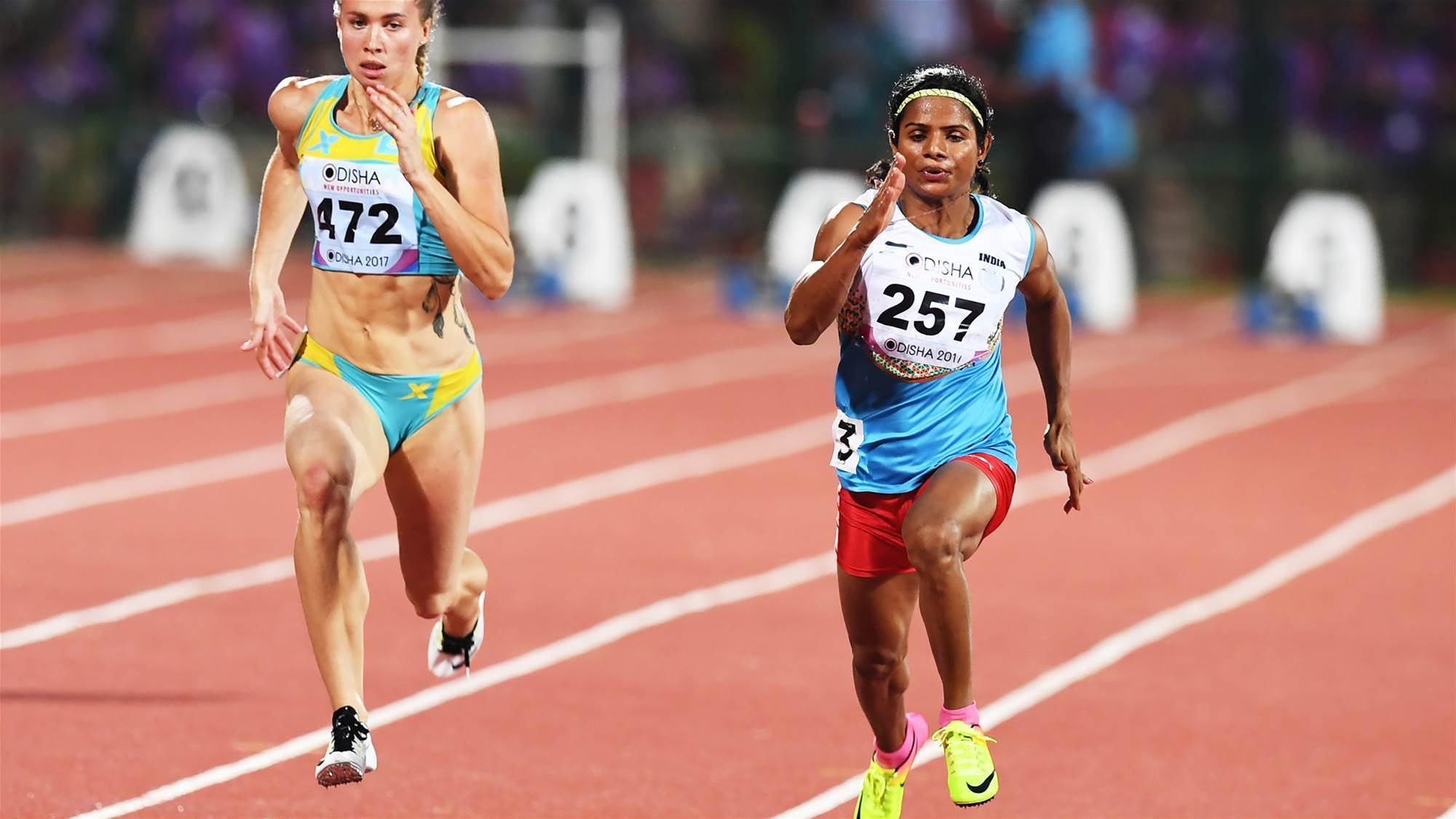 While true, the IAAF did not mention the CAS findings also included females with elevated natural testosterone above 10 nmol/L do not enjoy an advantage and it was ruled they must enjoy an advantage of 10 to 12 percent, similar to men.
While true, the IAAF did not mention the CAS findings also included females with elevated natural testosterone above 10 nmol/L do not enjoy an advantage and it was ruled they must enjoy an advantage of 10 to 12 percent, similar to men.
However, the research did not find that and it wasn't the only issue.
Both authors have direct connections to the IAAF with Dr Stéphane Bermon being a member of the IAAF and IOC working groups on hyperandrogenic athletes while Dr Pierre-Yves Garnier is the Director of the IAAF Health and Science Department.
The IAAF have never directly involved other scientists outside the organisation, therefore, set their own agenda when trying to gather results. Not only this but the results were also struck to be unscientific and have not been peer-reviewed.
However, it's not a transgender or hyperandrogenism issue but an issue to do with the perceived gender norms placed on women by the IAAF.
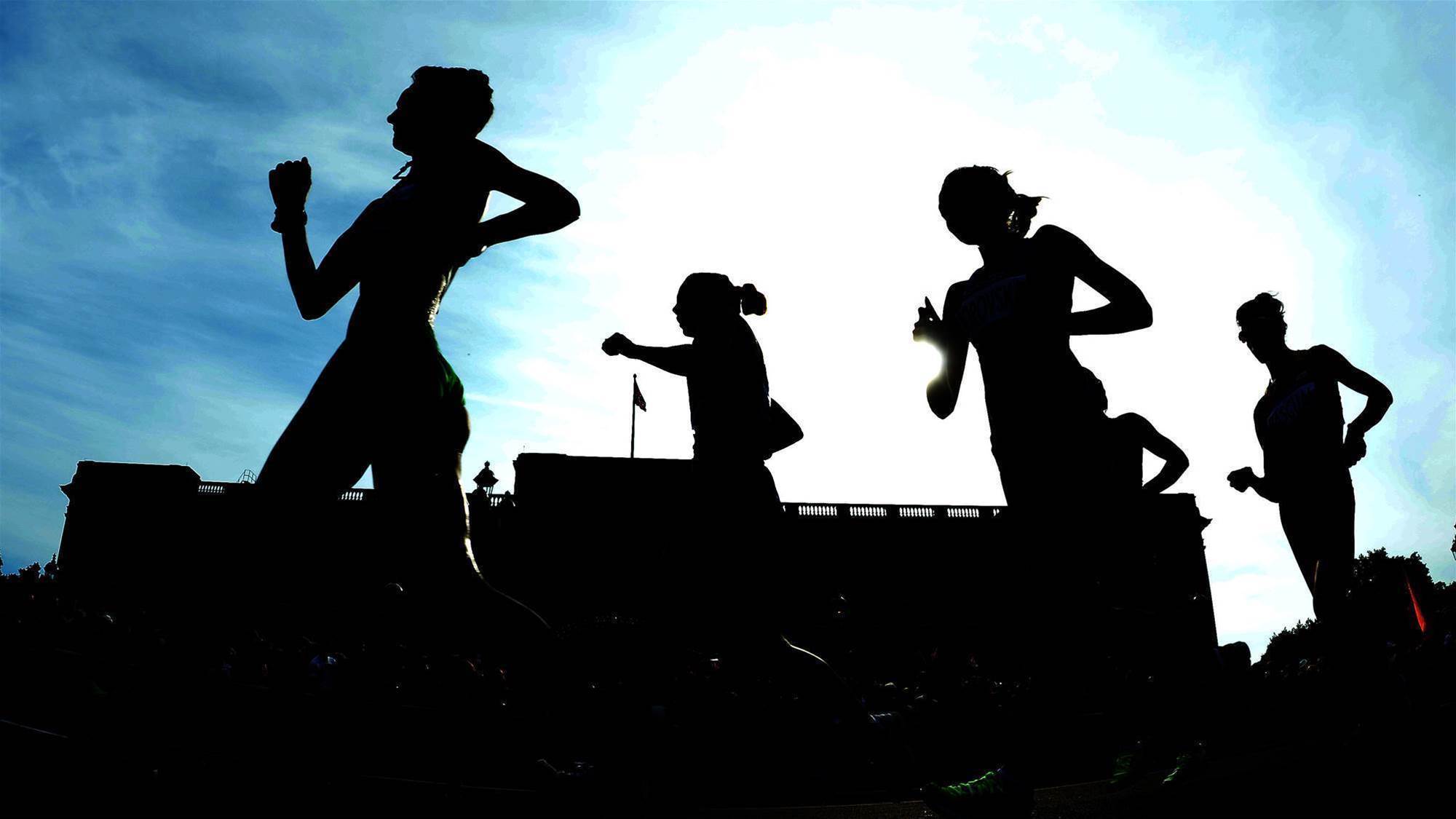
There is still this perceived belief women cannot be as strong or fast as men, and that if they are seen as that, it is automatically equated to being masculine and therefore your gender is questioned.
Once this happens they are put through unnecessary gender verification which is a physical examination of women’s anatomy carried out to determine which category, male or female, they were eligible to compete.
One particular case saw the IAAF castrate four female athletes, aged between 18 and 21, ahead of the London 2012 Olympics because they were considered to be "more masculine" before test results showed higher levels of natural testosterone serum than the IAAF believed to be considered "normal".
The IAAF continue to deny this claim.
They believe women have between 0.12 and 1.79 nmol/L of testosterone but there is no scientific evidence to back this up, as there actually is no range or set level XX females should have.
Everyone is different and will have different levels to stay healthy, it's not a one shoe fits all.
XY males can have between 9.716 and 37.476 nmol/L (according to the Mosby's Diagnostic and Laboratory Test Reference) but the IAAF state male athletes are between 7.7 and 29.4 nmol/L.
However, male athletes are never questioned about having higher testosterone.
Thing is, not everything is known about the female body, not everything is known about the human body in general, so assumptions have been made as to the way the female body should be.
Females are still growing as athletes.
They are still adapting and new changes to training regimes have allowed for them to evolve to be faster and stronger.
This is the same adaption male athletes have been given the pleasure of going through.
 So instead of saying women should be a certain way, shouldn't the IOC and IAAF be changing their views and recognising female athletes are all different?
So instead of saying women should be a certain way, shouldn't the IOC and IAAF be changing their views and recognising female athletes are all different?
Unfortunately, this might not happen with the current members in charge as they will continue to say women should be a certain way to compete, spread misconceptions about the way female athletes should look and pass these beliefs on as facts.
For now, this is harming the progression women's sport has been making and is still trying to make at an international level.
Related Articles
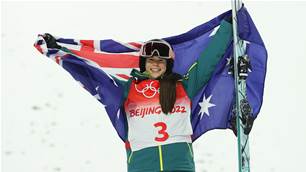
Australia Winter Olympics gold-medal drought ended by Jakara Anthony
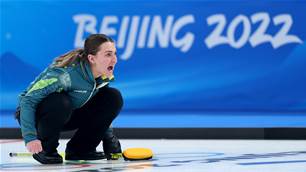
Updated: Australia's Olympic curling pioneers get two wins after 'late reprieve'








